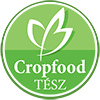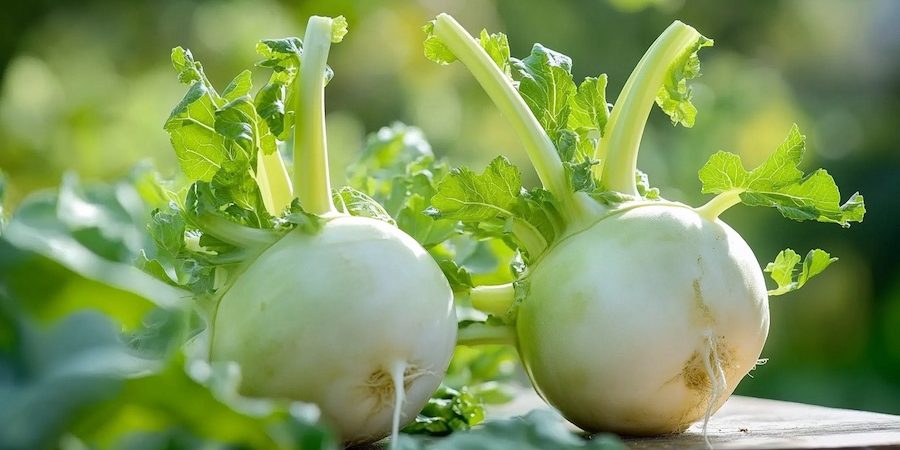With the support of our stable Hungarian producer base, this vegetable is always available in high quality in our wholesale assortment – ask us for an offer!
The kohlrabi (Brassica oleracea var. gongylodes) has long been a popular vegetable in Europe with a distinctive appearance. It belongs to the cabbage family and is closely related to kale, broccoli and cauliflower. Its name derives from the German ‘Kohlrabi’, which literally means ‘cabbage-carrot’, a good reference to its appearance and flavour. Its origins probably go back to the Mediterranean, from where it spread throughout Europe, where it is still widely grown and eaten today.
From a health point of view, kohlrabi is a vitamin and mineral bomb: it has a high vitamin C content, which supports the immune system, and is rich in potassium, magnesium, iron and fibre, which contribute to healthy digestion.
Specificities of its production
The kohlrabi is a relatively undemanding, cold-tolerant crop, with a season in Europe that runs mainly from spring to late autumn. In Hungary it is typically grown in the open field, although greenhouse production is not uncommon. Throughout Europe, Germany is the largest producer of kohlrabi, but significant quantities are also imported from Italy and Poland. In Hungary, local kohlrabi is typically available from early May until the end of October, but is also imported, mainly from Italy or Spain. In winter and early spring, imported products are usually on the shelves.
How to choose good quality kohlrabi?
- The tuber of a good quality kohlrabi should be firm and solid to the touch, not soft or spongy.
- The surface should be smooth and free of cracks and stains, as damaged or stained kohlrabi will deteriorate more quickly.
- The leaves should be bright green and fresh, indicating that the product has been harvested recently.
- Medium sized specimens should be chosen, as too large ones can be fibrous and woody.
How to use kohlrabi in the kitchen?
The kohlrabi is a very versatile vegetable, which can be eaten raw or cooked. When fresh, it can be served in salads, vegetable bowls and sauces, with a slightly sweet and crunchy taste. When cooked, it is a staple in soups and stews, but is also popular in casseroles, stuffed or grilled. A particularly popular dish in Hungarian cuisine is kohlrabi soup or stuffed kohlrabi.
How to store after purchase?
- Remove the leaves immediately after purchase, if possible, to prevent them from absorbing the moisture from the tuber.
- It is best to store the kohlrabi in a sealed plastic bag or container in the fridge, so that it can stay fresh for up to two weeks.
- Sliced kohlrabi loses moisture more quickly, so use it as soon as possible or cover it with foil to prevent it from drying out.
Interesting facts about kohlrabi
- Although the kohlrabi has been known in Europe for a long time, it only began to spread to the Americas in the 19th century, mainly through German immigrants.
- In India, it is a popular street food sold grilled or sprinkled with spices.
- Few people know that kohlrabi leaves can be eaten and are high in vitamins and minerals, so it is worth using them in soups or smoothies, for example.
Tips for using kohlrabi in the kitchen
- Thinly sliced raw kohlrabi can be a great healthy alternative to chips.
- Grated, it is ideal for salads or as a pickled accompaniment to summer barbecues.
- If the kohlrabi is slightly woody, use it to make cream soup or puree so that it can be used to its full potential.
- For stuffed kohlrabi, choose smaller, more tender ones that are easier to cook through and retain a more pleasant texture.


